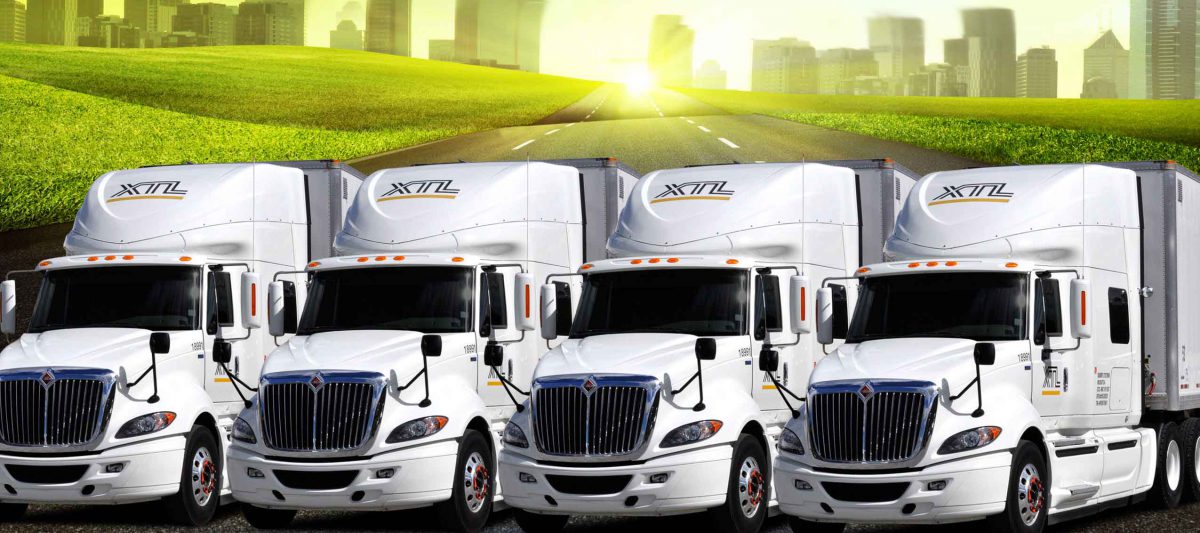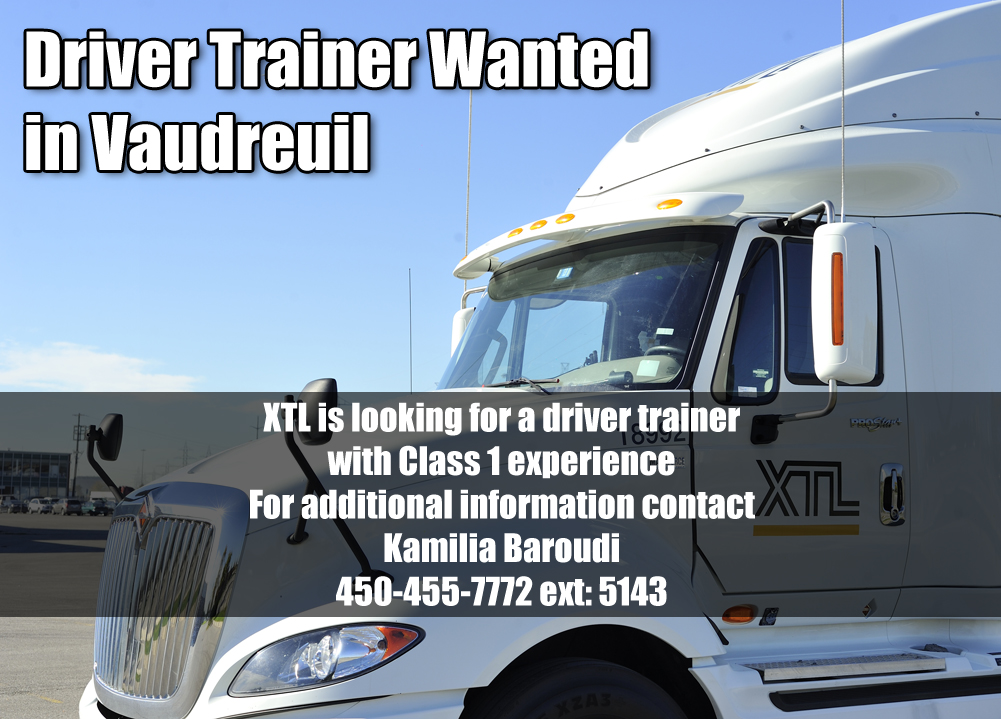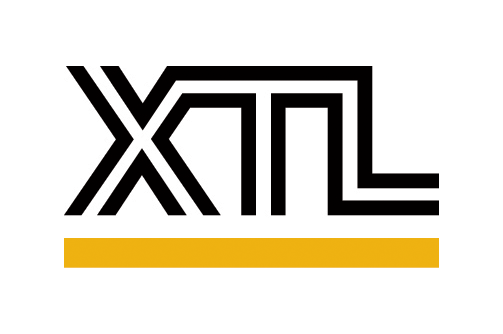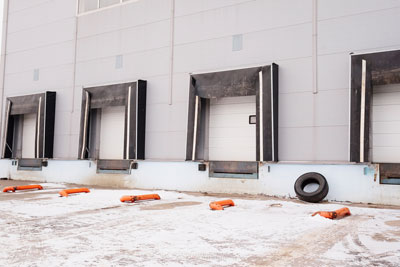If you haven’t heard, the FMCSA just published their final rule in regard to ELDs (sometimes called EOBRs or AOBRD) and compliance for the hours of service regulations.
Carriers and drivers who are subject to the rule must install and use ELDs by the appropriate deadline:
- Carriers and drivers who are using paper logs or logging software must transition to ELDs no later than December 18, 2017.
- Carriers and drivers who use AOBRDS prior to the compliance date must transition to ELDs no later than December 16, 2019.
Industry-wide ELDs are one of the safest things that could happen to protect drivers in the industry. ELDs provide critical driver information about how many hours they’ve worked and how many hours they have left to do the work. A carrier’s operations department also has access to all the information they need to dispatch the right driver at the right time. In a matter of seconds a carrier’s operations department has information on the location of the drivers and also how many hours are available for the driver to give the best service. The driver has no pressure from operations and as a result is under less stress which equals a better quality life. The trucking company can also use this data to perform delivery and reaction time analysis. It is much easier for everyone and helps planners be more accurate.
What is an ELD?
It is defined as an electronic logging device an ELD synchronizes with a vehicle engine to automatically record driving time, for easier, more accurate hours of service (HOS) recording.
The new rule:
- Specifies who is covered by the rule and exceptions to it.
- Provides for ELDs to be certified, registered, and listed on a FMCSA website.
- Includes technical specifications to ensure ELDs are standardized and compliant.
- Includes a phased implementation timeline to give drivers and carriers time to comply.
- Includes provisions to help prevent data tampering and harassment of drivers.
- Creates standard data displays and data transfer processes, making it easier to demonstrate compliance and faster to share RODS (Record of Duty Status) with safety officials.
What is an AOBRD or EOBR?
AOBRD = Automatic On-Board Recording Device has been defined since the 1980’s as: “an electric, electronic, electromechanical, or mechanical device capable of recording driver’s duty status information accurately and automatically as required by §395.15.
EOBR = Electronic on-board Recorder
Both terms are used essentially to describe an ELD. However, they are older terms used in previous legislation. The most current term is “ELD”. Any references to “E-logs” or “ELogs” are generic references to AOBRDs and ELDs.
What are some of the benefits of an ELD?
- An ELD will decrease paper work load for the driver. Hopefully, saving some duty time.
- Save planning time- For carries it should allow them to have real time visibility into a drivers HOS status.
- Precise information- For carriers it should simplify, if not eliminate auditing of paper records.
- Accuracy- It should increase compliance and reduce citations for violations as paperwork errors will be dramatically reduced.
- Load distribution very accurate.
- System is very easy to implement.
What are some of the larger impacts to the industry?
Inherent in any paper tracking system is the ability to game the system. Not all drivers in the industry are 100% compliant with their log books, as evidenced by the many citations issued for HOS non-compliance. Some can be chalked up to driver error, but many can also be attributed to drivers pushing the envelope on how they record their time in order to drive more hours. This creates an un-level playing field for companies and drivers that are compliant within the HOS regulations. ELDs should make it more difficult, if not impossible for drivers to game the system. As an industry, we should see greater compliance and hopefully a reduction in crashes due to the greater compliance.
Another impact could be a greater tightening of capacity. If the industry, presumably, is now removing a whole bunch of illegal non-compliant driving hours from the system; which is a good thing! However, it’s going to exacerbate an already existing driver shortage issue because now those illegal driving hours have to be replaced with legal ones. It could drive up driver pay and transportation rates.
On a more positive note, the mandate is estimated to prevent more than 500 injuries per year, save approximately 26 lives annually and reduce administrative expenses. The net regulatory financial savings of ELD implementation is estimated at more than $1 billion industry wide.
What we’re doing at XTL
At XTL, all our trucks are equipped with the system already. We have 400 trucks across Canada.
Our owner operator drivers are not on ELDs yet. They already have the system in the truck; however, it is not active yet. It’s just a matter of time before ALL our fleet is on an ELD.
ELDs are mandatory for all the drivers that join our team under XTL’s new policy with the exception of owner operators, who have until December 2017 when it will be mandatory. At XTL, we have 72 owner operators. Safety and great service are always our priority. We are here to help with all your transportation needs.








